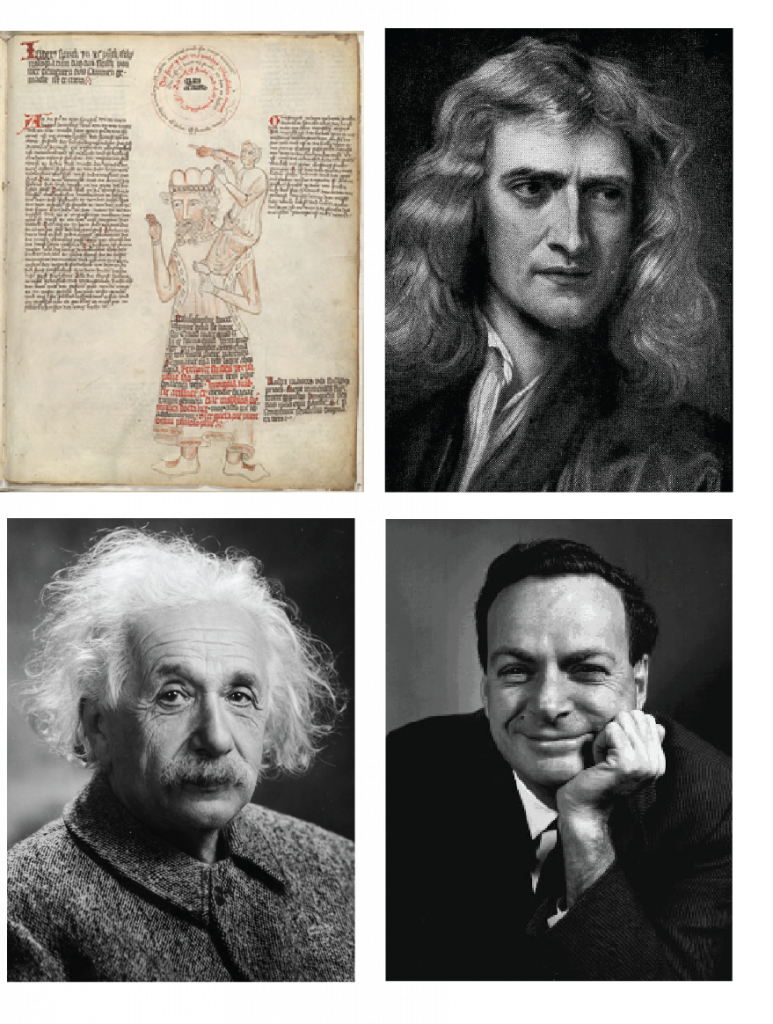Sneak Peek of Our Research
“Nanos gigantum humeris insidentes.”
Greek mythology
“If I have seen further it is by standing on the shoulders of Giants.”
Isaac Newton
“Try not to become a man of success, but rather try to become a man of value.”
Albert Einstein
“See that the imagination of nature is far, far greater than the imagination of man.”
Richard P. Feynman

What we do: The Incilab harmonizes engineering, materials science, and nanotechnology to understand and address fundamental questions in biology and medicine. In this regard, we develop cutting-edge technologies to present precise solutions for real-world problems, thereby improving human health.
Our ‘limitless’ research interest can be classified in the major areas below:
Precision Health Approaches: Health care industry is experiencing a dramatic paradigm shift from centralized-based to point-of-care (POC). Incorporating a growing number of enabling technologies with healthcare systems holds unique impact on delivering routine monitoring and smart health care platforms to the POC while at the same time reducing the need for skilled personnel and the cost-of-care.
In our laboratory, we harmonize microfluidics and biosensing strategies to develop disease diagnostic tools and screening tests at these settings, where individuals can easily self-monitor their health status for “precision health” applications. Our research perspective always aligns the design and development of platforms with biological and medical clues to diagnose and screen the diseases. Therefore, detecting such tiny markers (such as proteins, surfaceome, and secretomes), yet big players will be not only a “game-changer” in medicine, and also find new avenues for precision health and clinical management. Ultimately, we develop mobile health approaches on a daily-basis to report disease status of individuals to physicians and caregivers, accelerating monitoring of individuals and minimizing health disparities even at the remote settings. These platforms that we develop offer easy-to-use, reliable, sensitive, specific, multiplexed, and affordable opportunities that hold potential to revolutionize the way individuals are diagnosed and screened for diseases, and also advance precision health in general.

Bio-Imprinted Attachable Sensors: Wearable devices are currently utilizing to screen personal analytical information, physical status, physiological parameters, as well as informing schedule for medication. In particular, precision health seeks to make health care contact more accessible by integrating monitoring and diagnostics into everyday life. On the other hand, biomarker information is a key point for diagnosis, monitoring disease progression, predicting disease recurrence and treatment efficacy. However, current biomarker detection strategies (antibody or nucleic acid-based systems) have impediments in keeping their stable structure while they are stuck to the body.
For that reason, we develop a “Wearable Patch” by combining molecular fingerprinting (bio-imprinting) strategies and bio-compatible material production on the same platform. Benefitting from interacted design in 3-D matrices do not only present high specificity in detection and high stability in sensor performance, and also enhance maximize surface capacity of sensor. Through a biosensing integration, we analyze biotargets in situ, improving the quality of life and also providing continuous medical data for actively tracking diagnosis and treatment.

Interfacing engineering toolbox with biology: Understanding fundamentals in a cell (cellular interactions, communication, and assembly of biological complexes) requires the construction of bio-mimetic environment through conventional tissue engineering tools. Such systems, however, have some obstacles to combine physical and biological parameters at the same condition. In particular, cellular membrane proteins have key roles as they are unique sections of biological membranes, interfacing with extracellular matrix and intracellular space, as well as representing health and disease status through molecular communication mechanisms. Since they are highly produced in cells, they are major drug targets in the pharmaceutical industry. Studying with membrane proteins is challenging as they majorly contain hydrophilic and hydrophobic domains, leading to significant 3-D structural alterations in aqueous solutions.
In this regard, we develop on-chip cell-mimicking systems, where many physical factors (i.e., flow and shear stress) and bio-chemical structures and agents are integrated and controlled. This integration strategy combined with microfluidics opens unprecedented avenues that help study the effects of dynamic forces on molecular alterations, and enable to focus on the combination of biological spatial and architectural information on cell structure/environment with the knowledge of transformation-specific alterations.

Figure credits: The icons used on this page are taken from FlatIcon, and they are adapted to the concept accordingly.
